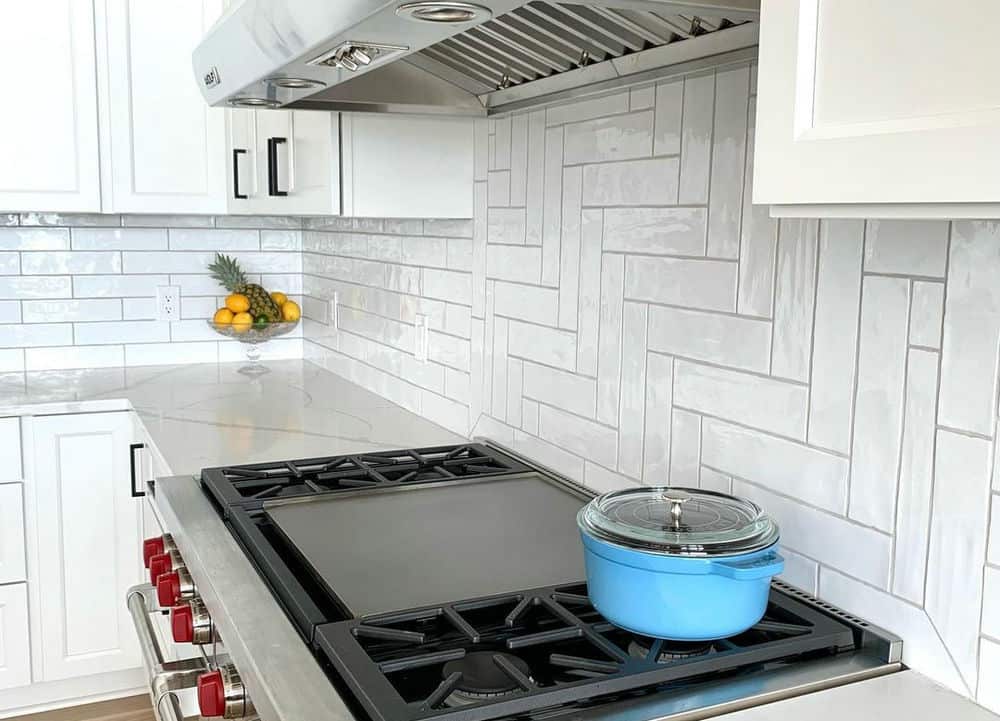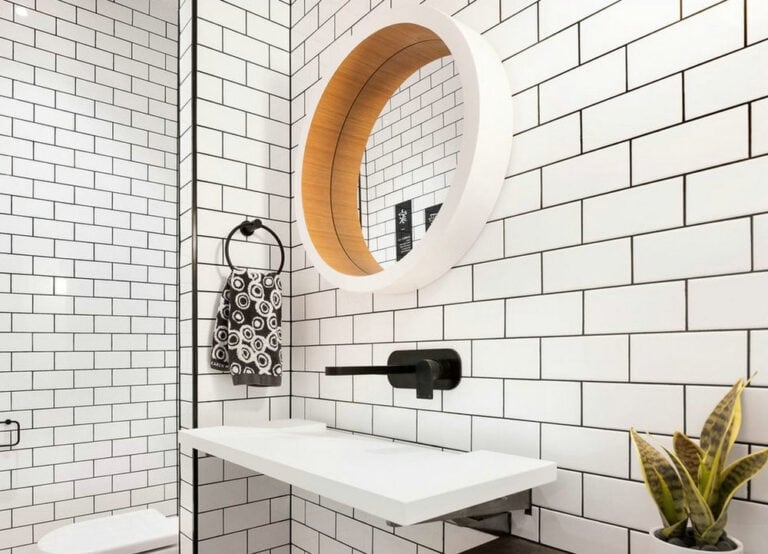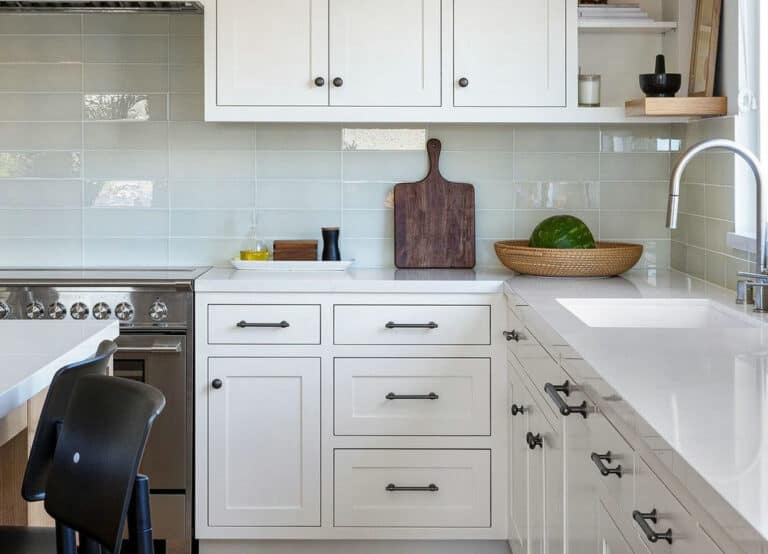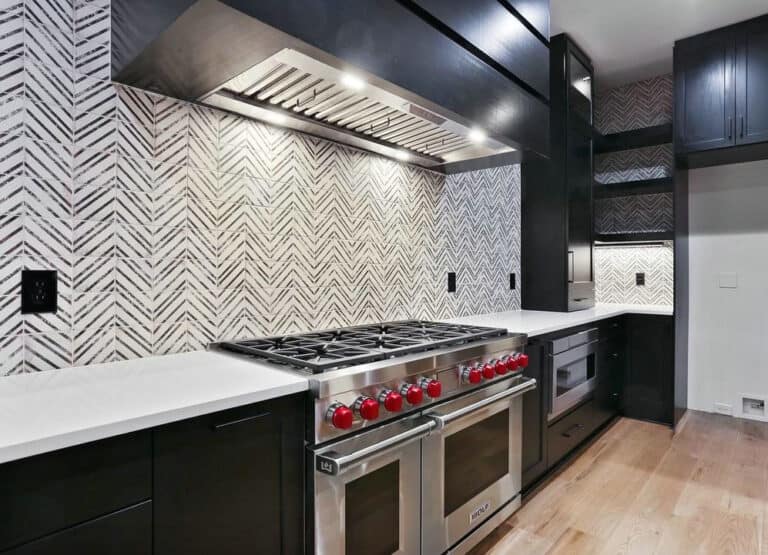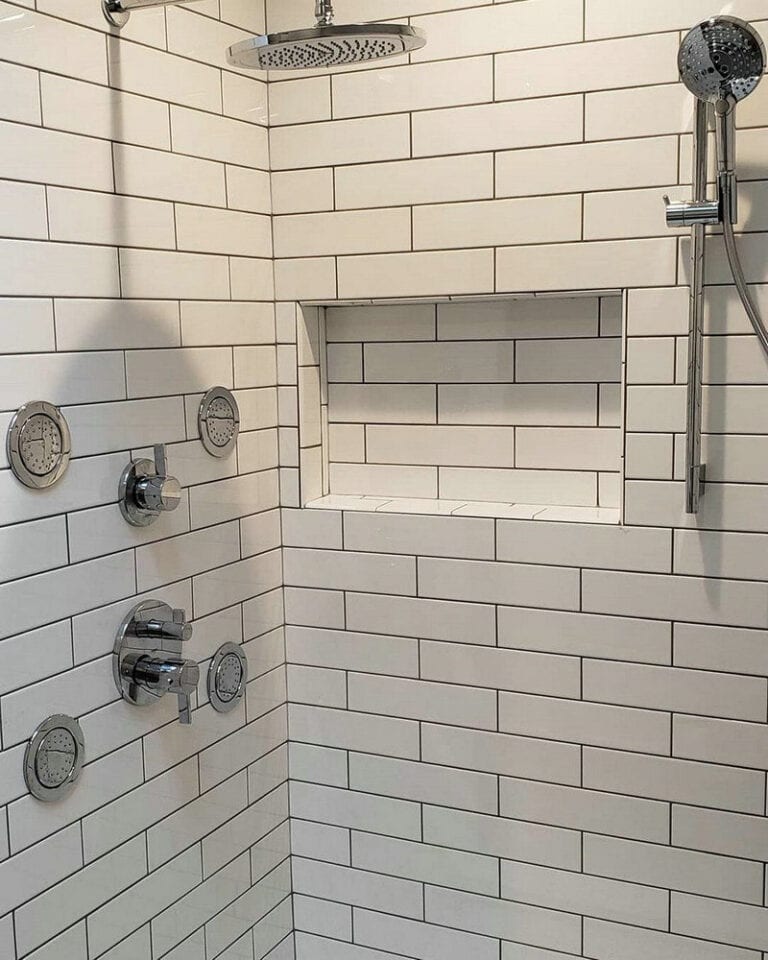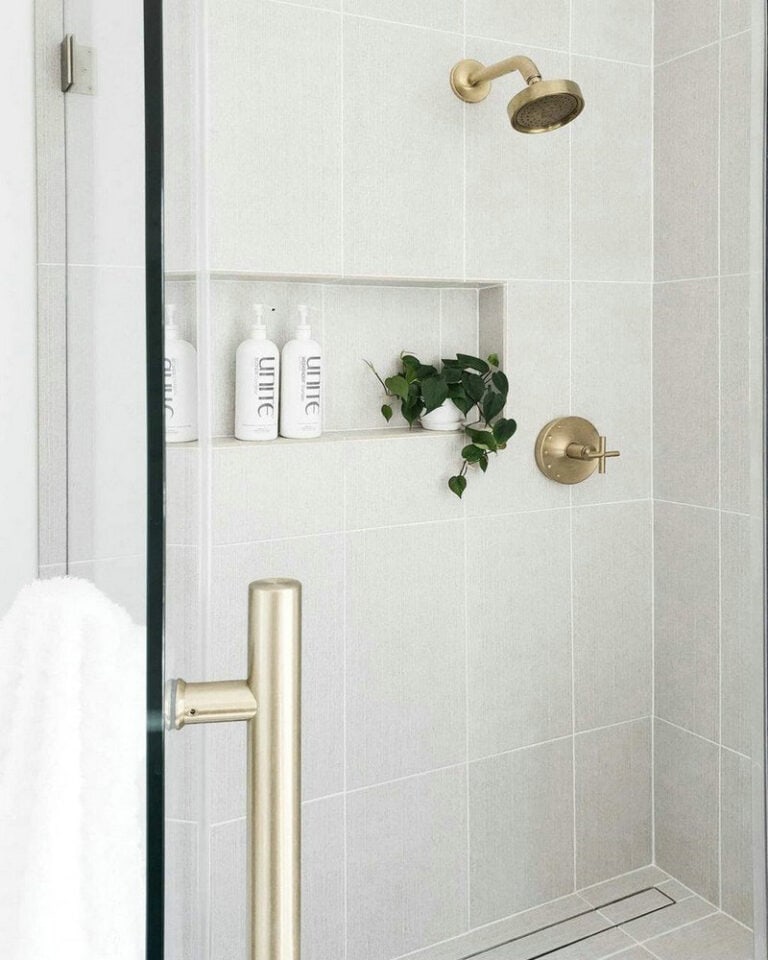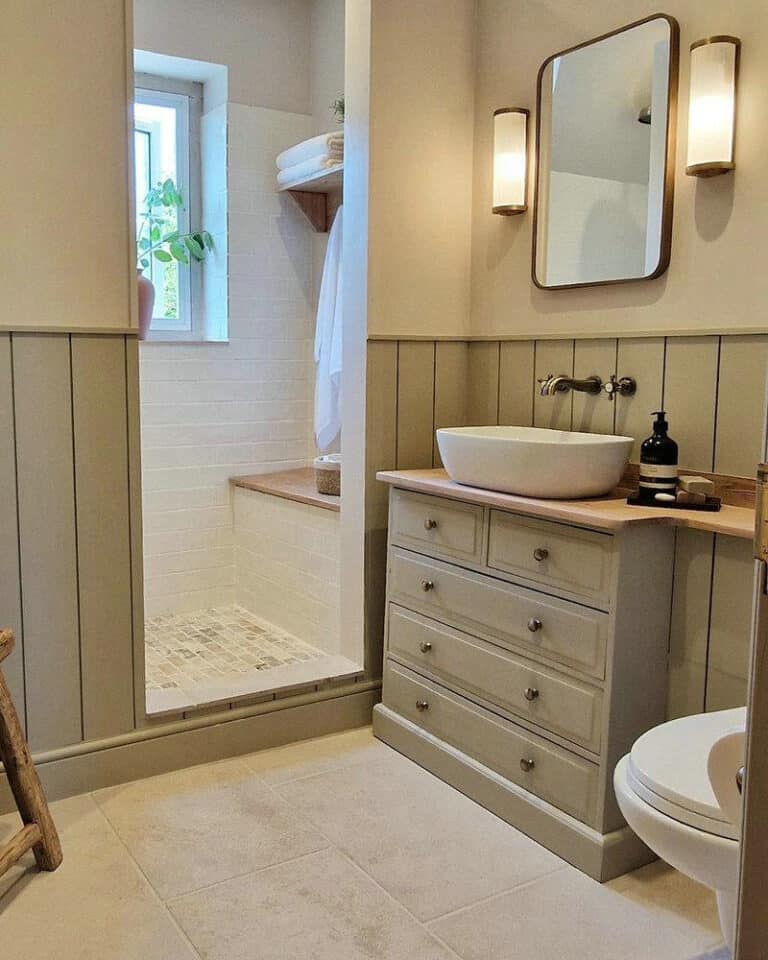Table of Contents
The tile Grout is important to make the tile installation process flawless. You cannot enjoy the desired durability without sparing enough time for grout drying. Grout is a material that fills gaps between tiles to make tiles stay in their place. Grout is made of cement or epoxy-based material. It saves tiles from losing their ends. Grout increases the aesthetic charm of tiles, along with providing support and durability.
Many types of grout are available in the market. You can opt for the one that suits your tiles. Four types of grout are popular to seal tiles. These are cement grout, epoxy-based grout, sanded grout, and unsanded grout. Cement-based grout is made of Portland cement, sand, and water. It offers affordable costs. You can find it in two varieties, which are sanded and unsanded grout. Epoxy grout is composed of filler powder and epoxy resin. Epoxy grout can resist moisture highly. It is more durable than cement-based grout. Sanded grout includes fine sand particles. Sanded grout suits wide gaps to be filled between tiles. Unsanded grout is finer and smoother than sanded grout. It suits narrow grout lines and delicately polished tiles.
Grout needs to be dried fully before using. If grout is not dried thoroughly before use, it fades away sooner and cannot stay longer in its place. You must wait for the grout to dry fully. Several factors affect the drying time of grout. These factors are the humidity levels and temperature of the environment, grout types, and grout thickness. Cement-based grout takes 24 to 72 hours to dry. Epoxy-based grout needs 12 to 24 hours for drying. Meanwhile, the temperature, ventilation, and humidity of an environment affect the drying time of grout.
Grout needs proper sealing and curing to stay fresh longer. You must follow the guidelines given on the package to make grout seal tiles thoroughly. You should adopt a regular cleaning schedule to clean grout. Grease and excess moisture can affect the color and durability of grout.
Here is the detailed guide for you to make the tile grout look flawless longer:
Understanding Grout Drying and Curing
Grout drying and curing are often considered to be the same term. Grout drying is different from grout curing. Grout drying refers to the initial process of drying immediately after its application. Grout needs less time to dry than cure. You need to wait for the time when all the water in the grout evaporates. It is called grout drying. Grout gets attached when the moisture in it completely gets dry. Grout becomes hard when it dries completely. The grout drying time depends on the temperature and humidity levels of the environment. The main point is that grout should not be exposed to water before drying thoroughly.
Grout curing refers to the process of hardening grout to the possible extent. You can consider it as the second phase of strengthening grout to gain incredible durability. Grout curing is a chemical process. The process may take from many days to many weeks to be completed. The grout curing makes the grout strong and stays longer. You can expose the grout to the water as the water can participate in hardening the grout at this stage. The humidity in the environment is still important at this stage.
Both stages are significant in making the tile grout durable and attaining the desired color. You must follow the instructions given on the package to complete drying and curing flawlessly.
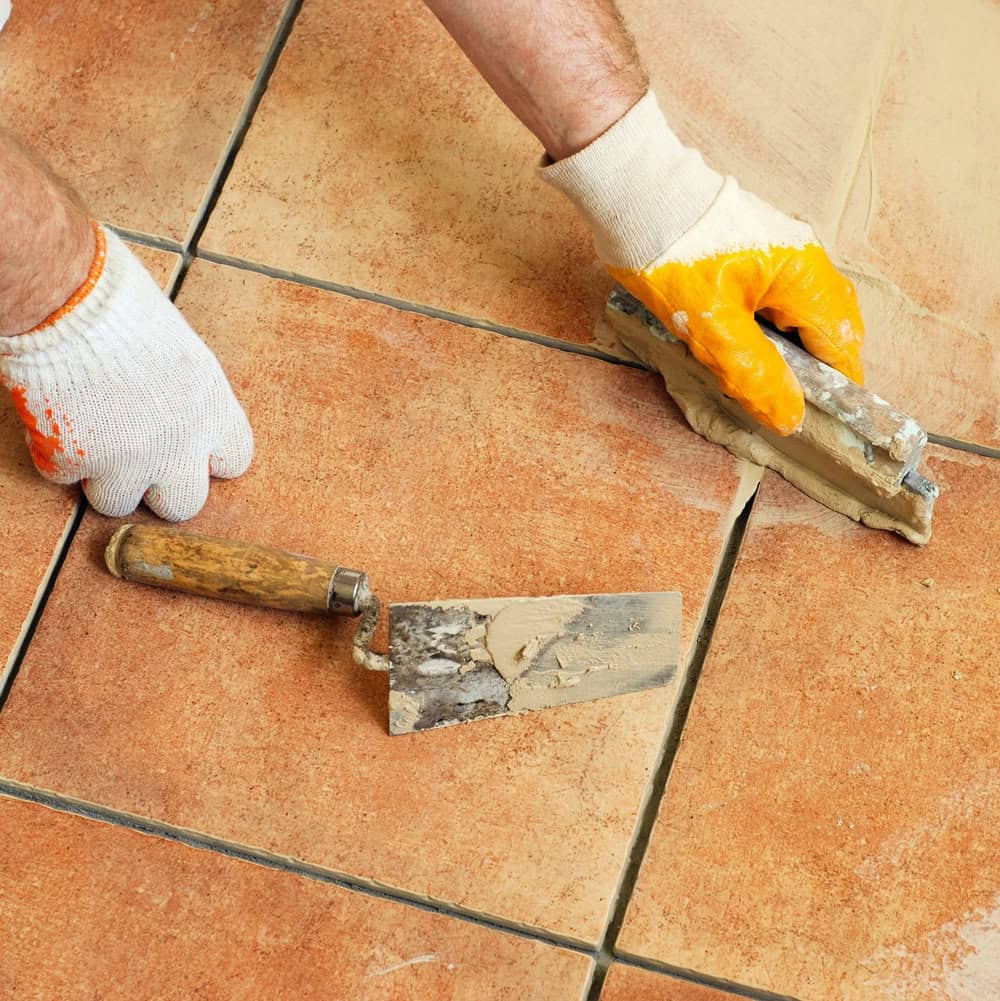
Affects Affecting Grout Drying and Curing Time
Here are factors that affect grout drying and curing:
Types Of Grout
Grout is available in various types. Popular types include cement-based grout, epoxy grout, or furan-based grout. Each type shares its unique characteristics and drying time. The cementitious grout is the most popular type of grout. The usual drying time for cement-based grout is from 24 to 72 hours. The cement-based grout curing may take up to 7 days. Epoxy-based grout costs more than cement-based grout. It dries in 12 to 24 hours. Epoxy-based grout is difficult to deal with, and it may take 3 to 4 days to fully cure. Furan-based grout shares the same characteristics as epoxy-based grout, but it is mostly used for industrial and chemical purposes.
Environmental Factors
Environmental factors are important for grout drying and curing. The temperature and humidity levels of the environment affect the grout drying and curing time. The grout that is exposed to a high temperature and less humidity is dried and cured sooner. Low temperature and high humidity make grout drying and curing slower. Proper ventilation is also necessary to make the drying and curing process wholesome. The suggested environment for making grout dried and cured properly includes a temperature between 50°F and 100°F and a humidity between 40% and 70%.
Good Ventilation
Good ventilation conditions in the environment can speed up the grout drying and curing. However, ensure even ventilation between all areas of grout, as irregular ventilation can make grout drying spotted and patchy.
Tiles And Substrate
Tiles and substrates play an important role in grout drying and curing. The size and shape of a tile affect the grout drying and curing process. The substrate refers to the base of a tile on which the tile is fixed. If tiles share a porous texture and the substrate is prone to moisture, the grout will take more time to dry and cure.
Thicker Grout
Wider grout lines need thick layers of grout to be filled in. Thicker tile grouts take more time to dry and cure completely.
Additives And Sealers
Some grout types have additives to specify color differences among various grout colors. Additives affect grout drying and curing times. For example, grout sealer may have an impact on grout drying and curing times.
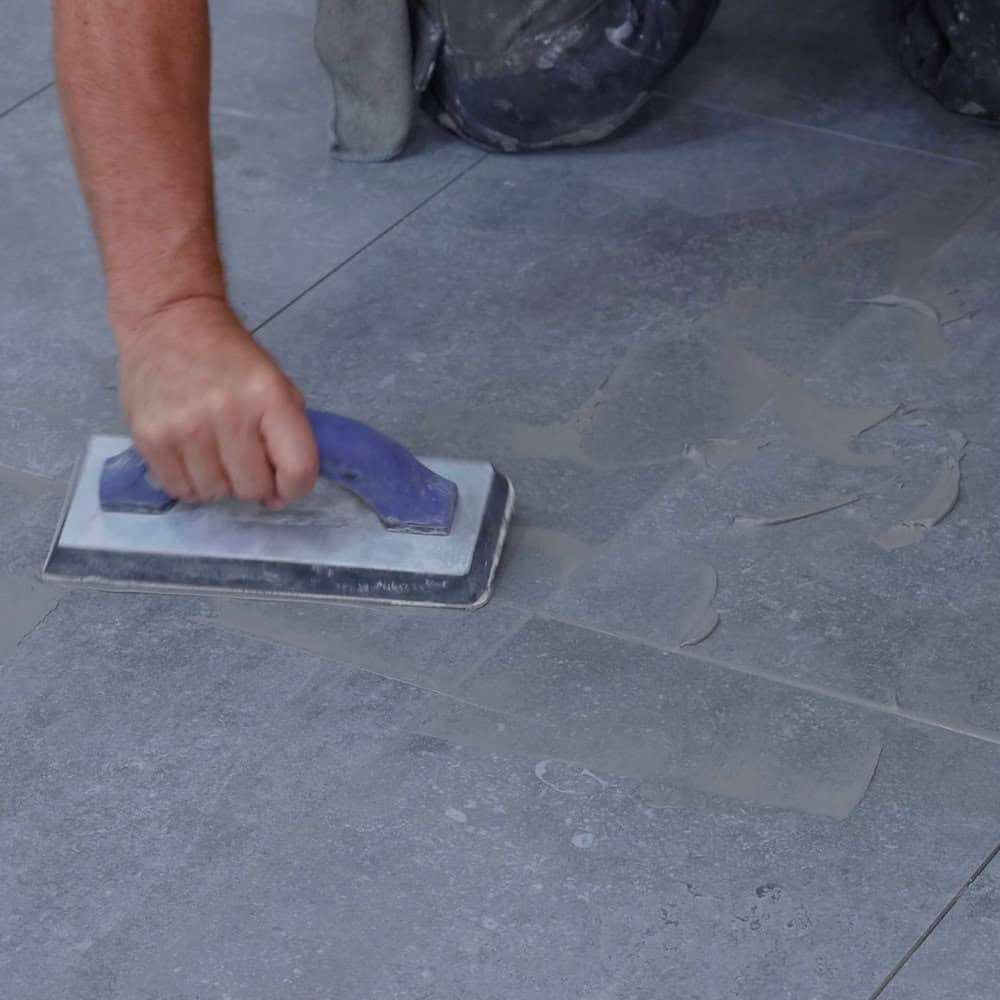
Drying Time for Different Types of Grout
Various types of grout need different drying times. Here is the estimated time duration for each type of grout:
Cement-Based Grout
Cement-based grout is the most popular type of grout. It is commonly used in commercial and residential projects. Cement grout takes 24 to 72 hours. You must ensure adequate ventilation, the suggested environment temperature, and humidity ratio during the process.
Epoxy-based Grout
Epoxy-based grout is more suitable for projects that need to be completed instantly. The grout needs almost 24 hours to dry completely. You need to be careful in mixing and applying it. Straightly following the manufacturer’s instructions may show the best results in utmost durability and the intended color display.
Furan Resin Grout
Furan resin grout is mostly used in industrial areas as it offers chemical resistance. It gets dry thoroughly within 24 hours and shares the same characteristics as epoxy-based grout.
Pre-mixed Grout
Pre-mixed grout is helpful in DIY projects. It takes up to 72 hours to properly dry. The drying time for pre-mixed grout highly depends on the amount or thickness of its application. c
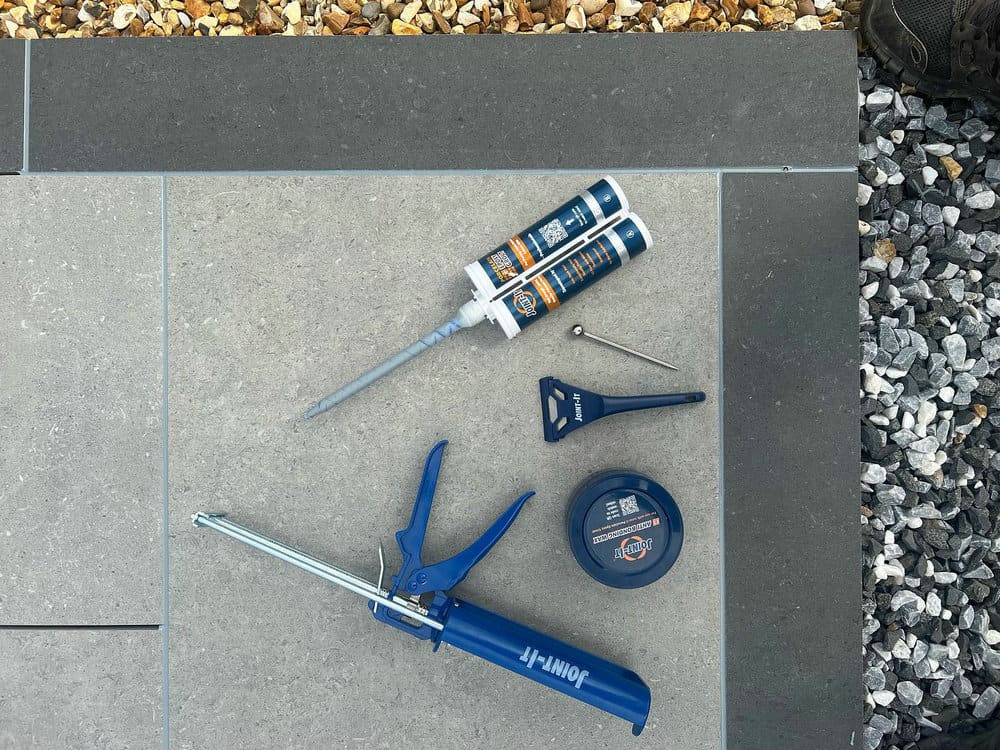
Can Grout Drying Time Vary Based on Tile Material?
Tiles are available in various types. Each type of tile shares a different grout drying time based on the tile texture.
Porcelain and Ceramic Tiles
Porcelain and ceramic tiles are the most commonly used type of floor tiles. Porcelain tiles offer a non-absorbent texture. They are not prone to moisture. Grout between porcelain tiles gets dry speedily. Porcelain tiles do not interfere with the drying time of grout. It is affected mainly by environmental factors like humidity, temperature, and ventilation. Grout between porcelain tiles may take 24 to 48 hours to properly dry.
Natural Stone Tiles
Natural stone tiles include slate, marble, and travertine tiles. Natural stones are prone to moisture due to their porous texture. They absorb water from grout and slow down the process of grout drying. If you intend to use natural stone tiles, endure sealing them properly before application of grout. The appropriate sealing will make natural stone tile safe from absorbing water from grout.
Glass Tiles
Glass tiles offer a smooth surface. They do not have a porous texture and do not absorb water from grout. Glass tiles are fragile, and you need to use epoxy-based grout with them to maintain their beautiful look. Epoxy-based grout dries within 24 hours, so you just need to keep an eye on the environmental factors to estimate the grout drying time.
Terracotta and Cement Tiles
Terracotta and cement tiles offer a porous texture. They absorb water from grout. Their prone-to-moisture surface makes the grout drying process slower. You must seal terracotta and cement tiles thoroughly before the application of grout. The proper grout sealer will prevent the tiles from absorbing water.
Metal Mosaic Tiles
Metal mosaic tiles look amazing. Metal mosaic tiles are used as accent tiles in contemporary interior designs. The tiles need a specific type of grout, like epoxy-based grout. Metal mosaic tiles offer a non-absorbent texture. The smooth surface does not allow moisture to absorb into the tile. Tiles are significant in fixing the grout drying time, but the environmental factors are more important than the tiles themselves. Grout with metal mosaic tiles takes 24 to 48 hours to properly dry. Ensure that you follow instructions given on the package by manufacturers, as various grout types have different drying times.
Shell Tiles
Shell tiles look unique and amusing. Shell tiles offer an incredibly fantastic ambiance. The surface of shell tiles is not as absorbent as that of natural stone tiles. However, it is more absorbent than porcelain tiles. The moisture-prone areas can affect the grout drying time with shell tiles. Grout with shell tiles gets dry from 24 to 72 hours. Environmental factors like temperature, humidity, and ventilation can affect the grout drying time.
Cement-based Terrazzo Tiles
If you intend to install cement-based terrazzo tile, be careful of its porous nature. Cement-based terrazzo tiles have an absorbent texture. They are prone to moisture. Grout with cement-based terrazzo tiles takes 24 to 48 hours to dry thoroughly. The type of grout with environmental factors can affect the grouting drying time.
Epoxy-based Terrazzo Tiles
Epoxy-based Terrazzo Tiles share a non-absorbent texture. The good thing about these tiles is that they are more durable than cement-based terrazzo tiles due to their non-porous surfaces. The tiles make the grouting dry quicker, within 24 to 48 hours. You must keep in mind the type of grout also while assessing the drying time.
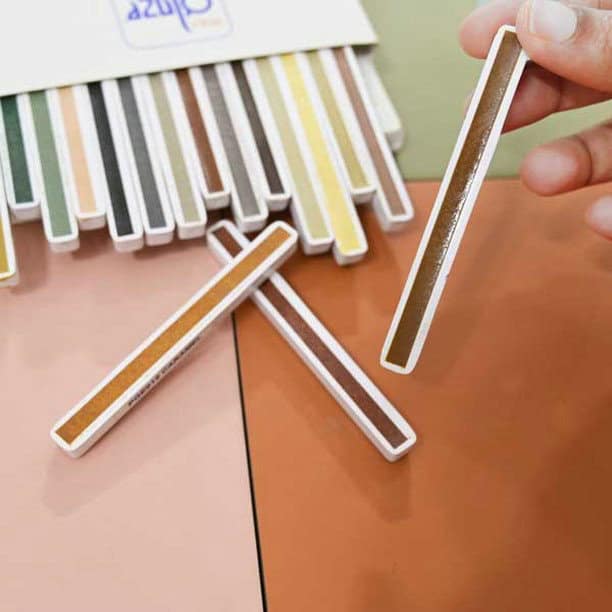
Six Ways to Speed Up the Grout Drying Time
The grout drying time varies according to different factors, such as the type of grout, the accurate mixing of grout with water, and environmental factors. Some methods are worthy of consideration if you want to speed up the grout drying time for your project. Let’s have a look at the methods in detail:
Choose the Right Grout Type
Different grout types offer different drying times. Cement-based grout needs more time to dry than epoxy grouts. You can choose epoxy resin grout for a speedy drying course. Unsanded grout has a higher speed of drying than sanded grout. You can opt for the grout type that suits your project cost and duration.
Maintain Optimal Environmental Conditions
You can speed up the grout drying time by maintaining optimal environmental conditions. Keep in mind that higher temperature and less humidity make the drying time faster, and low temperature and more humidity make the drying time slower. You can use fans and dehumidifiers to maintain optimal environmental conditions. The suggested temperature for speedy grout drying is between 50°F and 100°F, and the humidity must be from 40% to 70%.
The types of tiles and substrate are also significant in fixing the grout drying time. Tiles with absorbent textures make the grout dry slower, while tiles with non-porous textures may lead the grout to dry faster. Substrate refers to the base of tiles. The substrate can absorb water and make the grouting dry slowly. Large tiles with wide gaps take more grout drying time due to the thicker layer of grout filling. Thinner grout layers dry speedily. Tiles with porous textures must be sealed so they would not absorb water from the grout.
Use A Fan or Dehumidifier
You can use a fan or dehumidifier to maintain the intended temperature and humidity level. A fan regulates the ventilation in the environment, while a dehumidifier makes the humidity level less than desired.
Avoid Water Exposure
The water exposure to recently applied grout can make it less durable, and it will take more time to dry. Avoid water exposure until the grout dries completely. You must follow the drying instructions given on the packages by manufacturers.
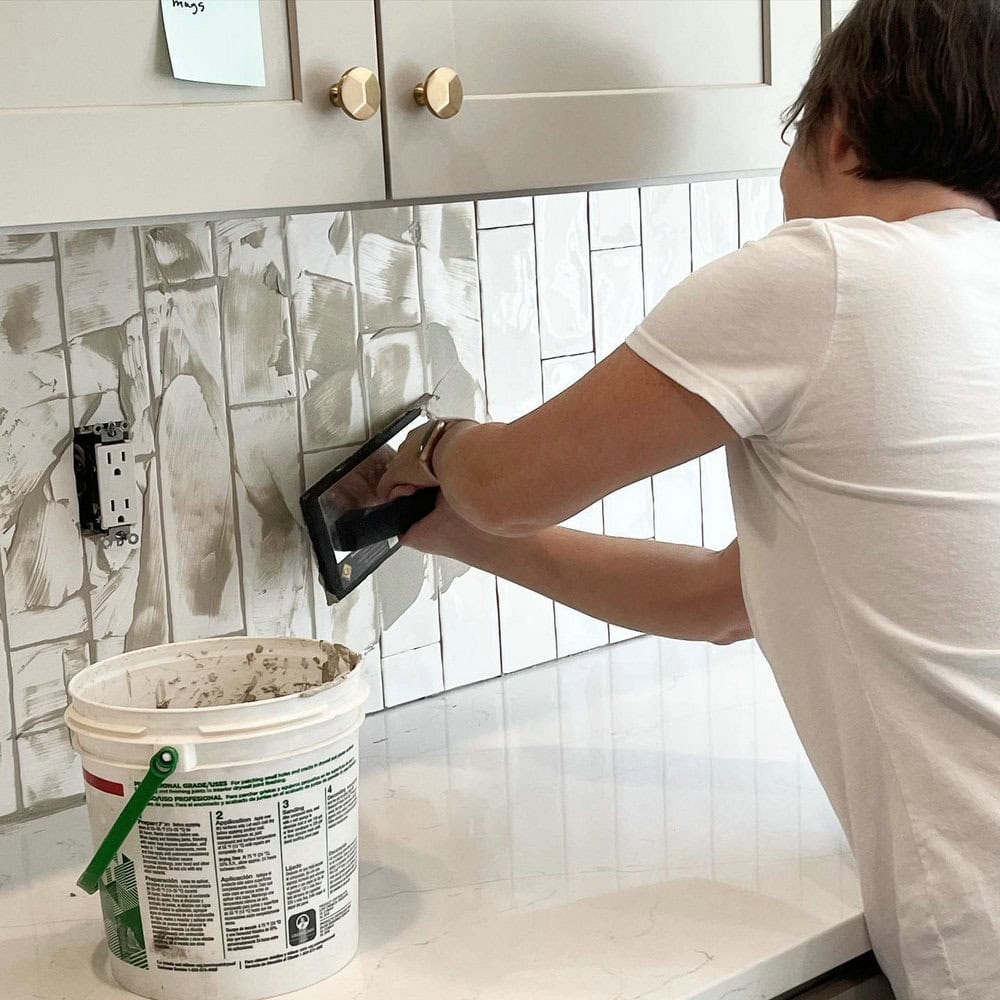
Ten Common Grout Mistakes to Avoid
Grout needs precise mixing and application to gain the desired durability and display the intended color tone. Here are ten common grout mistakes you must avoid:
Incorrect Mixing
The first step in the application of the grout is mixing the grout with water. Always read and follow the manufacturer’s instructions on the package carefully while mixing the grout. Incorrect mixing of grout makes it less durable, and you cannot attain the desired color.
Using the Wrong Type of Grout
You must be careful in choosing grout for a project. Grout must be selected according to the types of tiles. Some tiles look awesome and share durability with sanded grout, while other tiles may face cracking and chipping due to this grout. You can also consider the estimated time for your tiling project as specific types of grout will dry sooner than other types.
Inadequate Joint Cleaning
Application of grout in gaps between tiles must be done precisely. Rough filling can harm the surface of tiles. Clean tiles immediately after the grout application. Overfilling grout in gaps looks rough, and it can make tiles appear messy and stained.
Rushing the Drying Course
The grout drying process needs ample time to be completed flawlessly. If you try to rush the drying time by exposing it to the water or applying the sealant sooner, the grout will not gain the desired durability and the intended shade.
Inconsistent Application
The inconsistent application of grout can make tiles look stained and rough. The consistent application of grout is necessary to devise the required durability and aesthetic charm.
Neglecting Proper Sealing
It is necessary to seal the grout properly before you start using the area. The exposure to water before sealing grout can make it less strong, and it will not stay longer at its place. Moreover, it would fade sooner. You must seal grout, especially in moisture-prone areas like bathrooms and kitchens.
Scrubbing Tiles Too Hard or Too Soon After Grouting
You need to clean the grout gently every time. The hard scrubbing soon after the grout application can make it less strong. Even after the grout gains the required strength, you are not supposed to scrub it hard.
Not Using Waterproof Grout in Moisture-prone Areas
The use of waterproof grout is necessary in moisture-prone areas, like bathrooms and kitchens. If you do not use waterproof grout, the grout will leave its place sooner and fade.
Walking on the New Grout Before It Has Fully Cured
Grout needs ample time for drying. Avoid using the area where grout has been applied recently. Immediate walking on the applied grout will make cracks and uneven spots that make floor tiles look rough.
Showering Before Grout Dries
The areas that are prone to moisture, like bathrooms and kitchens, can make grout look rough if you start using the areas soon after the grout application. The Shower corners of bathrooms and kitchen sink backsplash areas need to stay unused before the grout dries completely.
FAQS
Does the Thickness of Grout Lines Affect the Drying Time?
The thickness of grout lines greatly affects the grout drying time. Thicker grout lines consist of a large amount of grout. The huge quantity of grout needs so much time to fully dry. Thinner grout lines get dry sooner due to the smaller quantity of grout. The grout drying time is significant when considering the estimated time for the completion of a project.
What is Standard Drying Time for Grout After Application?
The standard drying time for grout after the application is 24 to 48 hours. The drying time highly depends on the type of grout. For example, cementitious grout takes more time to dry than epoxy-based grout. Moreover, environmental factors like humidity, temperature, and ventilation also play an important role in drying grout sooner or later. You can consider the instructions of manufacturers to know the specific grout during time.
Can Grout Dry in 24 Hours?
Grout can dry in 24 hours if you use the specific type of grout for immediate use. A rapid-setting formula can make it dry within four hours. The formula is used for DIY projects and item-sensitive products. You must ensure maintaining environmental factors with the use of rapid-setting formula grout to acquire the required results.
How Do I Know That the Grout is Completely Dried?
To know whether the grout is completely dried or not, you must note the time that is mentioned for letting it dry on the package. You can observe grout appearance, too. The completely dry grout seems lighter in the shade, and it feels hard on the touch. The hard texture, while touched gently, does not leave any impression on your finger.
Can You Use a Hair Dryer to Dry Grout?
The natural process of grout drying ensures the required durability and the intended color display. If you use a hair dryer to dry grout, the grout will be dried sooner. But it does harm the texture of the grout. The grout may appear roughly applied, and most probably, it will not stay longer. The hair dry will make the surface of the grout uneven.
What Happens If Grout Gets Wet Before Fully Cure?
Grout needs to be dried as well as cured properly before exposing it to the water. If you start using water in the areas where the grout is not fully cured thoroughly, the grout will lose its strength. The color will be inconsistent. The durability of grout depends on its proper drying and curing. You must never rush in using the areas where you have applied grout. Follow the instructions of manufacturers about curing time before exposing the grout to the water.

